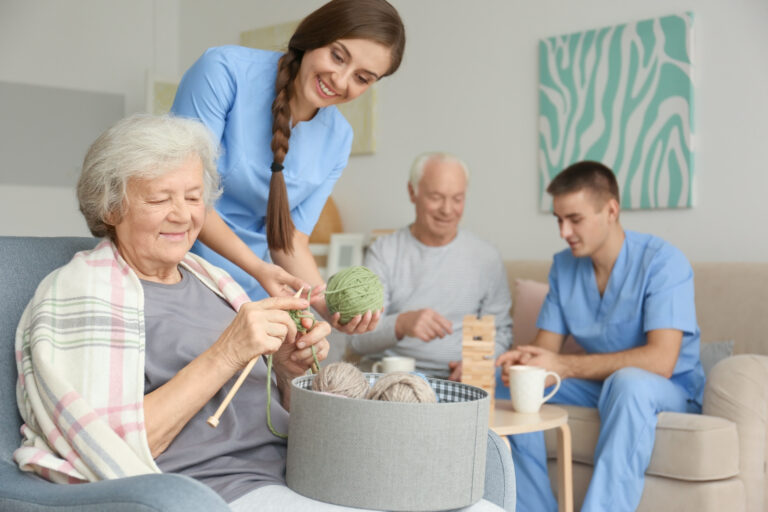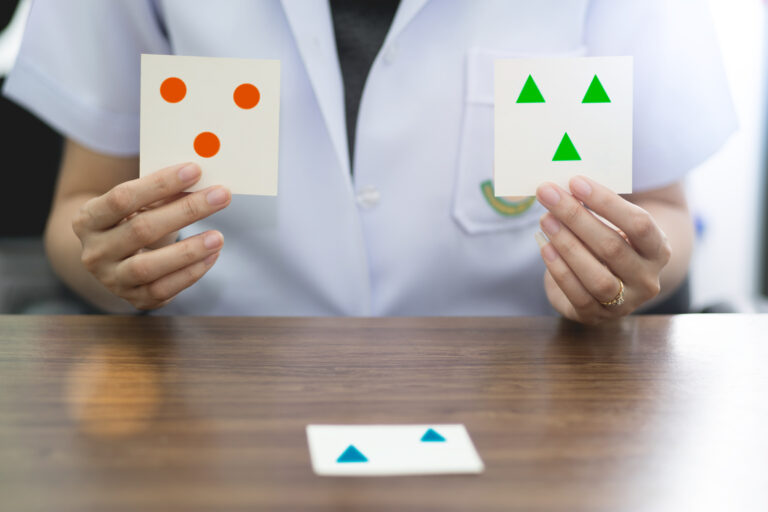Your posture can reveal your age from across the room, often before you even say a word. It’s one of those silent signals that our bodies send out, showing how we carry ourselves through life—and it changes as we get older.
When you’re young, your posture tends to be naturally upright and confident. Shoulders are back, spine is straight, and head held high. This stance not only makes you look energetic but also youthful because it reflects strength and vitality. As people age, however, many start to develop a more slouched or rounded posture. This happens for several reasons: muscle weakness, joint stiffness, or habits formed over years of sitting or poor ergonomics.
A stooped posture with forward head tilt and rounded shoulders is often associated with aging because it subtly signals wear and tear on the body. The neck might appear shorter as the chin juts forward; the upper back may curve more noticeably; hips might tilt slightly forward—all these shifts create an impression of someone who has lived many years.
But why does this happen? Over time, muscles that support good posture weaken if they aren’t exercised regularly. The spine’s natural curves can become exaggerated due to bone density loss or disc degeneration common in older adults. Stress and tension also play a role—when stressed or tired people tend to hunch their shoulders unconsciously.
Interestingly enough, maintaining good posture isn’t just about looking younger—it actually helps keep your body healthier by improving breathing efficiency and reducing strain on joints.
People who look younger than their actual age often have one thing in common: they stay active and prioritize strong postural habits throughout life. Regular movement like walking or strength training keeps muscles toned so they can hold the skeleton upright properly instead of collapsing into itself over time.
Even small changes make a big difference—simple exercises that strengthen core muscles around your abdomen and back help maintain spinal alignment while stretching tight chest muscles prevents rounding shoulders from creeping in unnoticed.
Good hydration and nutrition also support skin elasticity around the neck area which complements better posture visually by preventing sagging skin that adds years to appearance.
In short: when you walk into a room standing tall with relaxed but engaged muscles supporting your frame—you’re sending out signals of youthfulness without saying anything at all. Your body language tells others you’re vibrant inside as well as out because strong posture betrays no secret wrinkles except those earned gracefully through living well rather than simply growing old passively.





